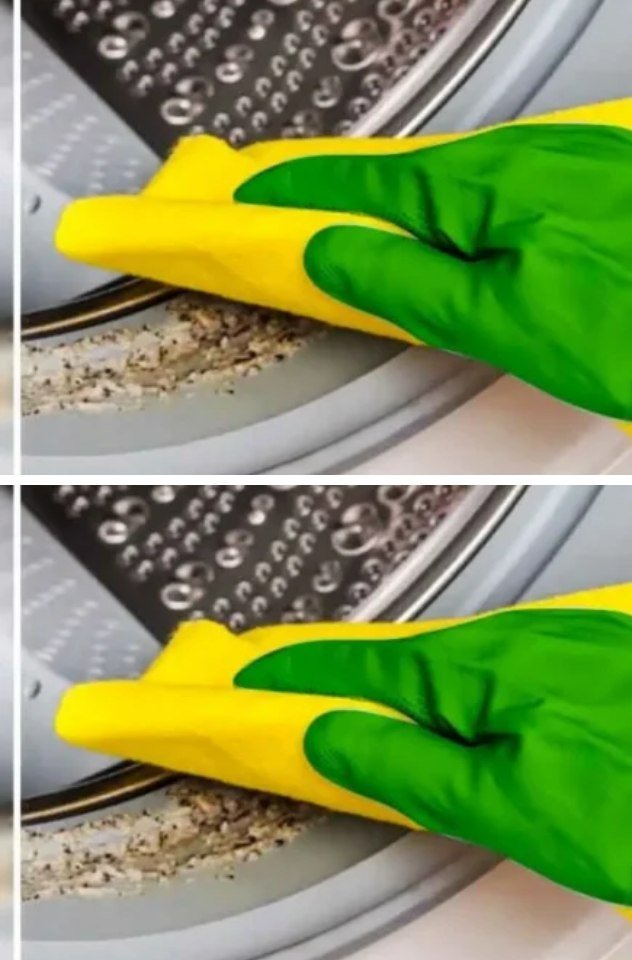
Like any household appliance, the washing machine also requires regular maintenance. This not only increases washing efficiency, but also makes the devices durable and limits energy consumption. Learn how to clean the inside of your washing machine to avoid a high electricity bill.
Dirt and limescale deposits covering your washing machine not only affect the lifespan of your appliances, but also your laundry by leaving stains. Plus, they increase the electricity bill.
Washing machine
Why does a large washing machine consume energy?
The water used by the washing machine is hard water, that is to say rich in minerals such as calcium and magnesium, responsible for the formation of limescale. Using hard water causes limescale deposits in household appliances such as washing machines or dishwashers. And since limestone is a good thermal insulator, it takes longer to heat the water, leading to excessive energy consumption. In addition, a single millimeter of limescale deposit on the resistance of a device is enough to increase energy consumption by 16%. Additionally, if the heating element in a washing machine is small, it can overheat and cause malfunctions.
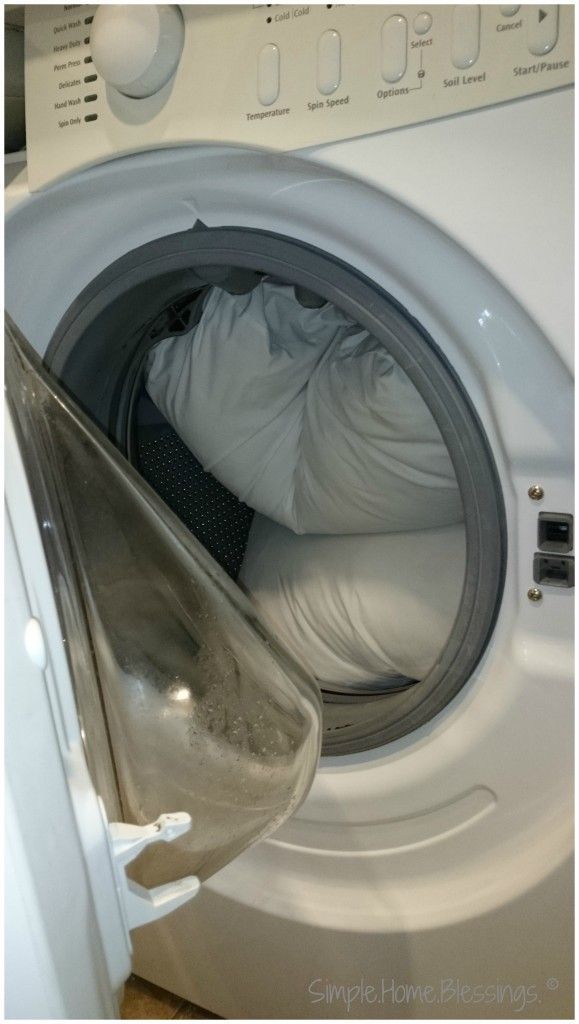
Limestone resistance of a washing machine
Hard water not only reduces the energy performance of the washing machine, but also reduces the effectiveness of detergents, forcing us to increase the detergent dosage. Not to mention that limescale deposits on laundry fibers make clothes rough and can even damage them. It is therefore necessary to descale the inside of the washing machine. In addition, the scale is the enemy of all your household appliances: kettle, dishwasher, kettle, coffee machine and even the iron! In fact, limescale clogs the soleplate of your iron and leaves stains on the laundry when ironing. The final solution to eliminate limescale remains to install a water softener. Although this solution is expensive, it prevents limescale deposits by ridding the water of calcium and magnesium ions.
How to clean the inside of the washing machine to avoid a high electricity bill?
White wine vinegar
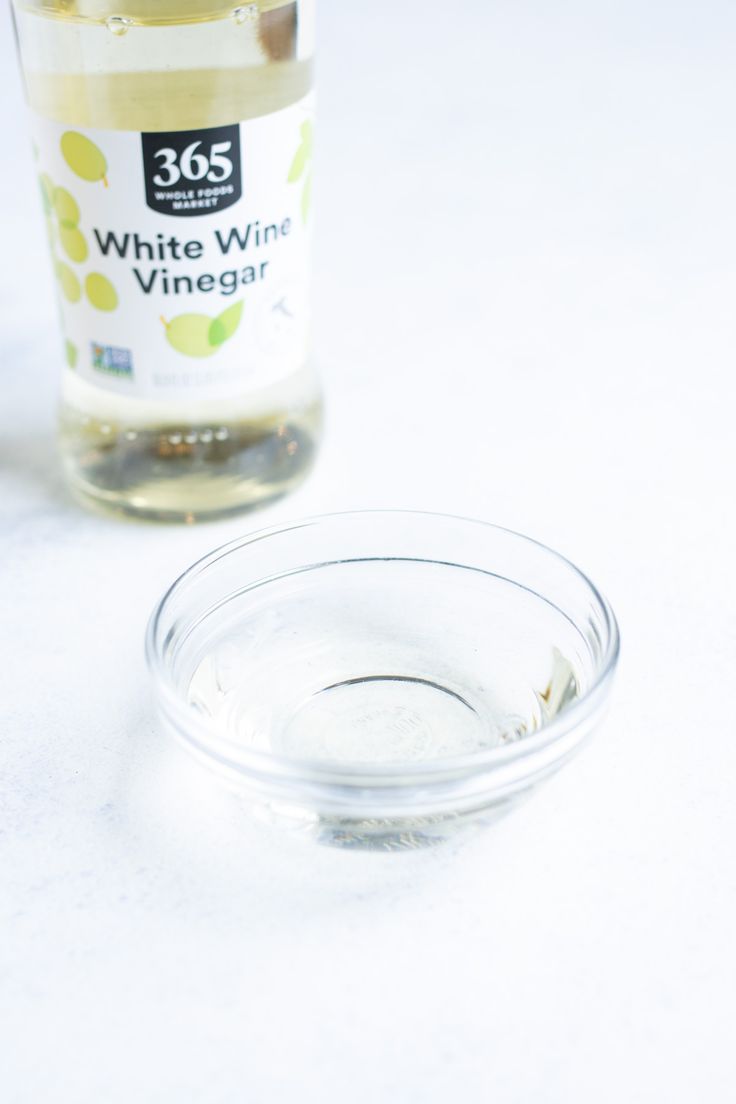
Use white vinegar to descale, degrease and disinfect your washing machine. With this natural descaler, you can easily remove limescale deposits that drive up your electricity bills and leave stains on your laundry. To do this, distribute a glass of white vinegar in the detergent drawer and in the drum and run an empty wash cycle at 90°. This cleaning should be carried out once a month to keep your equipment clean and free of limescale residue.
Citric acid
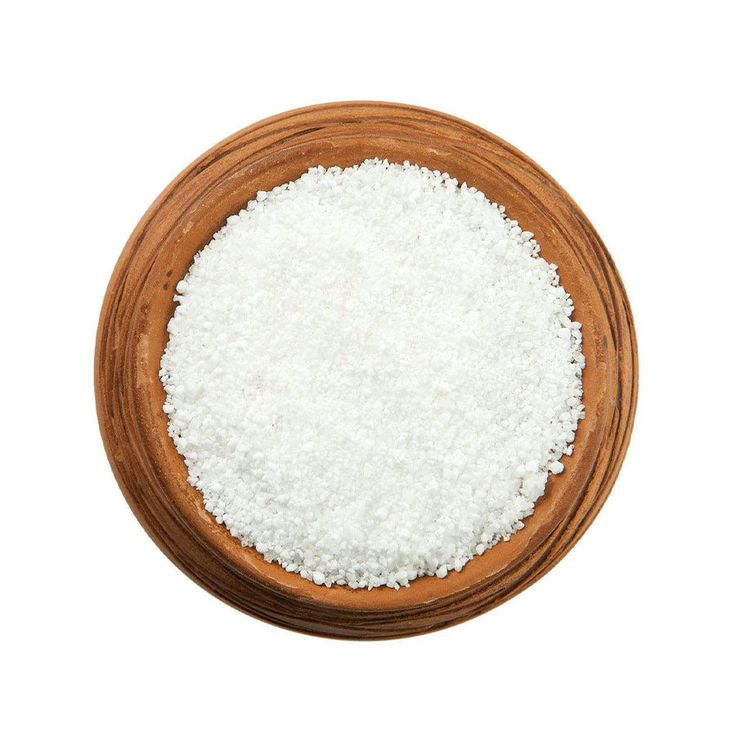
Citric acid is a natural and ecological descaling agent that is very effective in quickly removing tartar deposits. To do this, simply add 2 tablespoons of citric acid to the basket and run a program at 60°. Another option is to mix baking soda with a little citric acid and pour the mixture into the drum. Then turn the machine 90° when empty.
Sodium bicarbonate
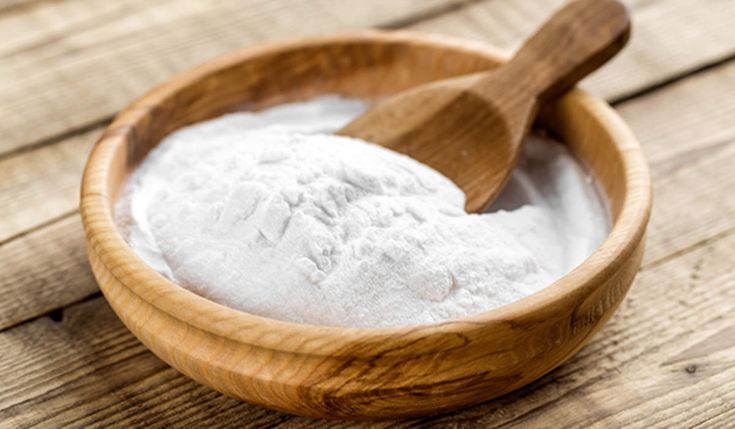
Baking soda is also a natural descaler. You can use it to remove limescale from your washing machine and also to deodorize your appliance. To do this, add 2 tablespoons of baking soda to the drum and pour 100 ml of white vinegar into the detergent drawer. Then carry out a 60° program.
When cleaning the drum, do not forget about the seals. In a container, mix the baking soda with a little water to form a paste and scrub the grout with an old toothbrush to remove detergent residue, mold, dirt and scale deposits. Then clean the joint with a cloth soaked in white vinegar.
With these tips you will be able to effectively clean and descale your washing machine to improve the performance of your appliance but also reduce your energy bills.

















